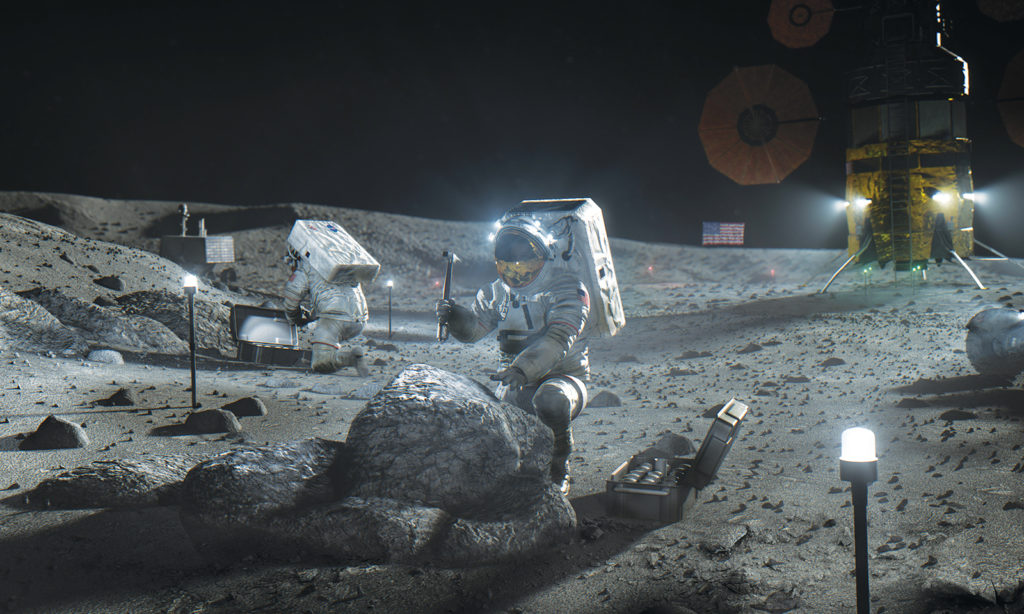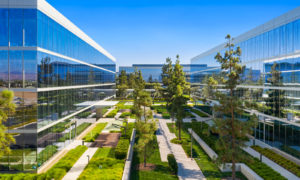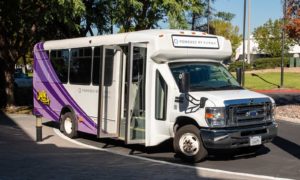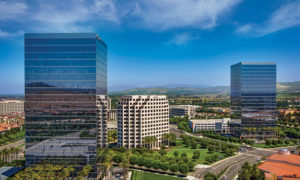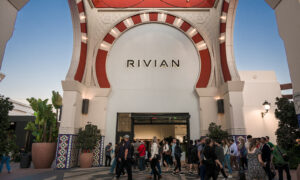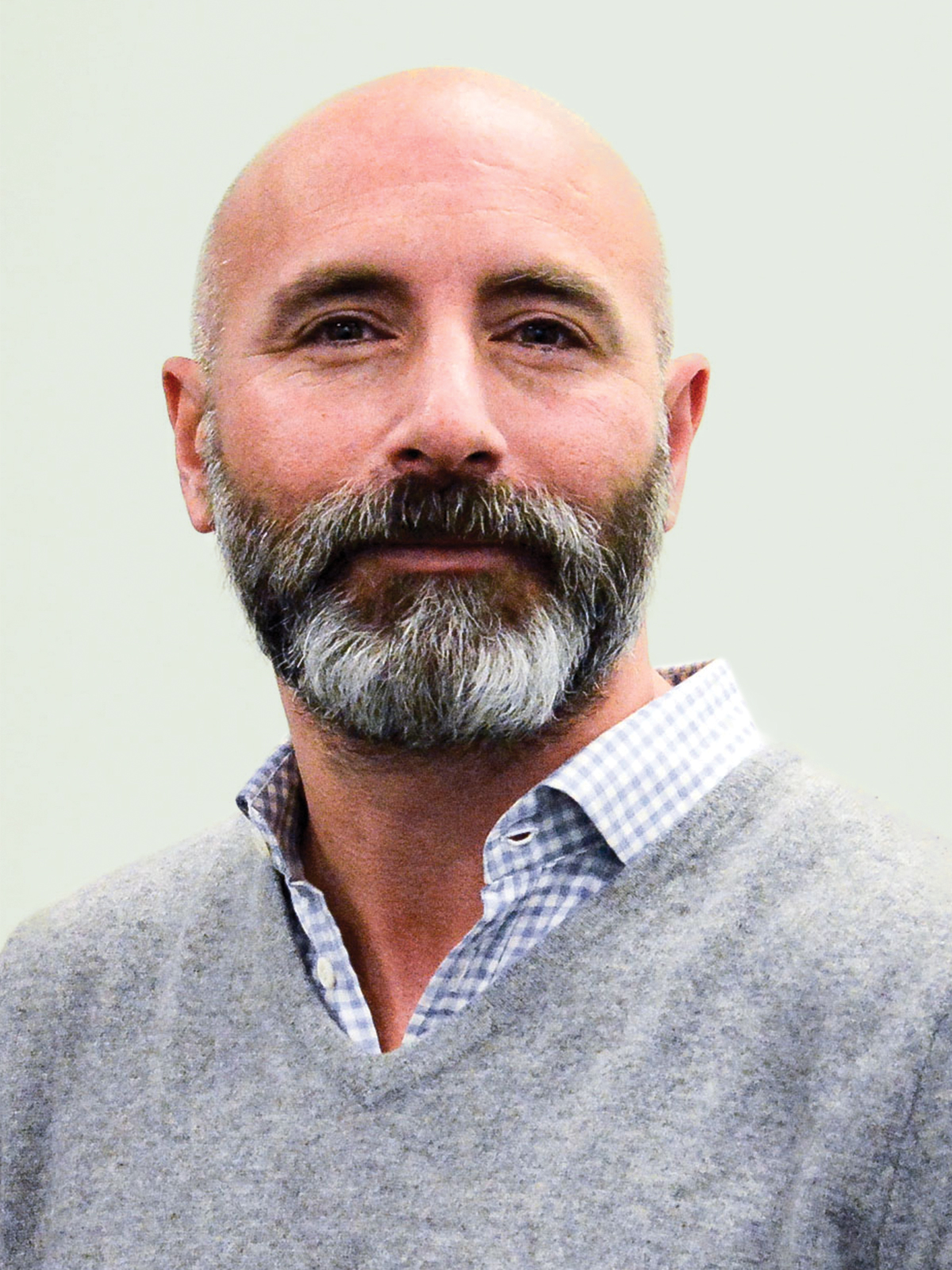
As SpaceX’s Dragon capsule splashed down last month to complete America’s first manned space mission in a private spacecraft, Marco Villa watched in awe.
“This mission was one of the most revolutionary events in history, not just in the aerospace industry,” says Villa, COO of Tyvak Nano-Satellite Systems in Irvine.
Years earlier, he had helped design Dragon as SpaceX’s director of mission operations.
“I had the pleasure of meeting the astronauts when we began training them,” he says. “It was incredible to watch their mission from an insider’s perspective. I’m grateful to have had the opportunity to contribute at SpaceX, and I feel blessed to be part of a similar journey now at Tyvak.”
The next frontier
In 2013, Villa became chief operating officer of Tyvak, one of the world’s foremost makers of nanosatellites, which are smaller, more efficient and more affordable than earlier generations of satellites.
“It’s what we like to call ‘Agile Space,’ ” Villa says.
Last year, NASA selected Tyvak as one of 14 companies to help with its ambitious Artemis program.
The Artemis program aims to land the first woman and next man on the moon by 2024 and then build a permanent moon base.
This will require a continuing supply of astronauts, rovers, robots, equipment and lunar experiments over the next decade.
And that, NASA says, will lead to mankind’s next giant leap – sending astronauts to Mars.
Toward this end, Tyvak is designing a lunar lander to support the Artemis mission.
“It’s an honor to provide NASA with a lander option,” Villa says. “This program will pave the way for American astronauts to return to the moon and be the first to land on Mars.”
Here on Earth
Selecting Irvine for Tyvak’s headquarters was a strategic decision, Villa says, because it is a prime location for aerospace and technology companies with easy access to airports and highways – and a pool of well-educated talent.
“We’re in a major hub for technology, nestled between Los Angeles and San Diego, where the defense sector, medical field and robotics industry all thrive,” he says.
Irvine’s location also benefits Tyvak’s collaboration with UC Irvine, UCLA and Cal Poly San Luis Obispo for research and recruitment.
“It was also an employee-centric decision,” Villa says. “Irvine is ranked one of the best cities to live in, and it also allows our team to have a shorter commute instead of traveling further north or south for work.”
All this, Villa says, is helping to spur Tyvak’s success, not just with NASA but dozens of private-sector companies.
“We don’t anticipate slowing down,” he says. “We’ve proven our capabilities and have the world-class team to make it all possible.”
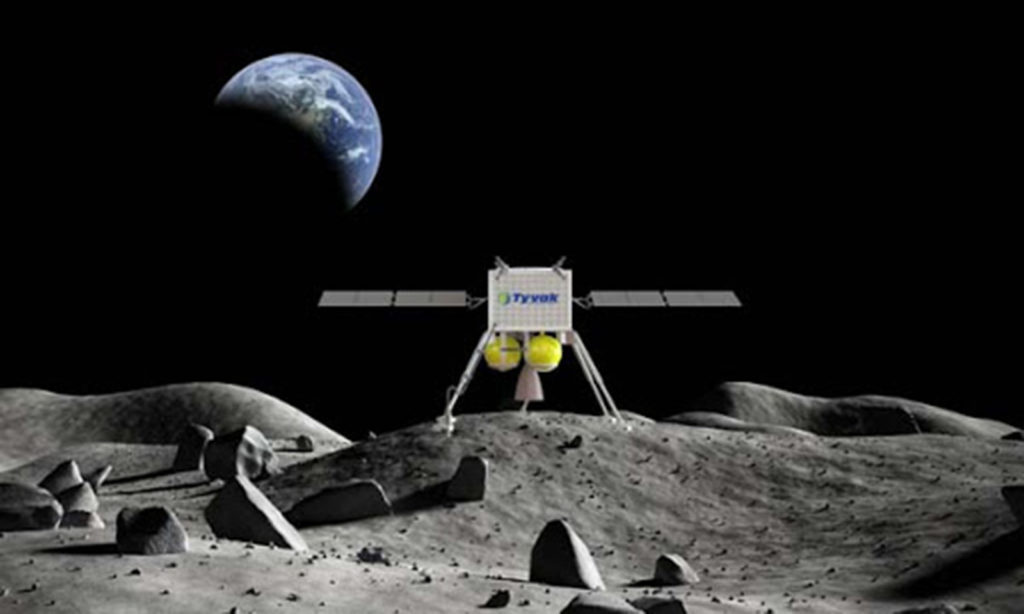
Partnering with students
Tyvak is also cultivating the next generation of space explorers in Irvine.
“Community is very important to us,” Villa says.
At the end of 2018, students from six Irvine high schools launched their first nanosatellite, IRVINE01. A month later, they made history with the launch of a second satellite – both with the help of Tyvak engineers.
“We guided the students to take a spacecraft from the surface of a desk to space,” Villa says. “To enable their efforts, Tyvak provided engineering support and served as their launch integrator.”
Tyvak continues to mentor students even as it serves private industry and helps NASA reach the moon and Mars. “The entire world just witnessed the achievement of commercial space,” Villa says. “With this event, we’ve entered a new era of history-making space endeavors, and Tyvak is proud to be a part of it.”

